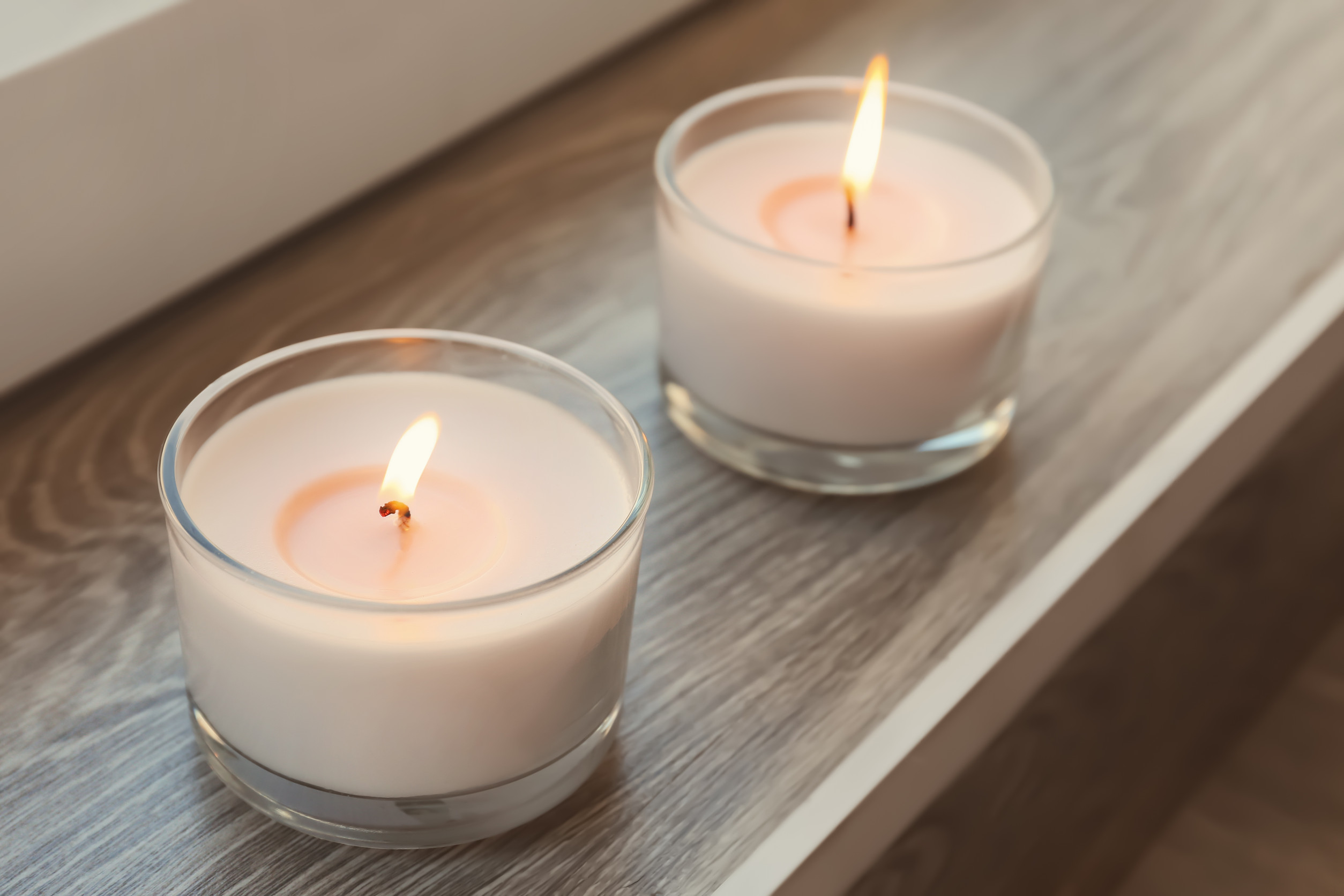Your home should be your toddler’s safest space, but what if the real danger isn’t outside your door—it’s already inside? From everyday cleaning products to cute decor, many common household items contain hidden toxins that can silently impact your child’s health. Toddlers are especially vulnerable because of their size, developing systems, and habit of touching everything and putting it in their mouths. While we can’t wrap our kids in a protective bubble, we can reduce exposure to the worst offenders. Let’s uncover the top items potentially poisoning your toddler so you can take simple, powerful steps to make your home safer today.
1. Air Fresheners and Scented Candles
That fresh scent may seem like a comforting touch in your home, but many air fresheners and candles are loaded with phthalates and synthetic fragrances. These chemicals can disrupt hormones, affect breathing, and contribute to long-term health problems, especially in young children. Toddlers inhale these toxins in higher concentrations because they breathe more rapidly than adults. Even “natural” or “green” products often include vague ingredients that aren’t truly safe. Try using essential oils with a diffuser or simply open windows for natural ventilation instead.
2. Vinyl Flooring
Vinyl floors are affordable and easy to clean, but they can release harmful volatile organic compounds (VOCs) into the air. These VOCs are particularly concerning for babies and toddlers who spend a lot of time crawling, sitting, or playing on the floor. Studies show vinyl flooring may also contain lead and phthalates, which have been linked to developmental delays. If replacing flooring isn’t an option, use area rugs made from natural fibers to create a safer play space. Regularly vacuuming and mopping can also help reduce dust-bound toxins.
3. Non-Stick Cookware
That slick, easy-to-clean non-stick pan may contain perfluorinated chemicals (PFCs), which have been associated with hormone disruption and weakened immune systems in children. When overheated, these coatings can break down and release toxic fumes into the air. Tiny developing bodies are more sensitive to these exposures, especially during mealtime prep. If you’re concerned about poisoning your toddler through food exposure, consider switching to cast iron, stainless steel, or ceramic cookware. These safer alternatives last longer and eliminate the risk of harmful coatings altogether.
4. Plastic Food Containers
Many plastic containers, even those labeled “microwave safe,” can leach harmful chemicals like BPA or BPS into food when heated. These substances can mimic hormones and interfere with a toddler’s growth and development. It’s one of the most overlooked ways you might be unintentionally poisoning your toddler during meal prep or snack storage. Swap them out for glass or stainless-steel containers whenever possible. If you must use plastic, avoid heating it and check labels for BPA-free certifications.
5. Flame Retardant Furniture and Bedding
That cozy crib mattress or car seat cover might be laced with flame retardants that pose risks far greater than fire. These chemicals can off-gas into the air or accumulate in household dust, which toddlers then inhale or ingest while playing. Over time, exposure has been linked to behavioral problems, learning difficulties, and hormone disruption. Choose items made with safer, naturally fire-resistant materials like wool or cotton, and look for “free from flame retardants” on product labels. Regularly cleaning soft furniture can also help limit toxic buildup.
6. Cleaning Supplies Under the Sink
Those bright bottles under your kitchen or bathroom sink are some of the most obvious hazards—but they’re also easily overlooked. Harsh cleaners often contain bleach, ammonia, and other corrosive ingredients that can cause serious injury if ingested, inhaled, or even touched. Poisoning your toddler can happen in seconds if these are left unlocked and within reach. Consider switching to safer, plant-based cleaners and always store them in high or locked cabinets. Better yet, make your own cleaners with vinegar, baking soda, and lemon for a toddler-safe clean.
7. Lead-Based Paint or Dust in Older Homes
If your home was built before 1978, there’s a good chance it contains lead-based paint. As paint chips or turns to dust, toddlers can easily ingest or inhale it during everyday play. Lead poisoning is especially dangerous because it builds up slowly and can permanently affect brain development. Have your home tested for lead and keep high-traffic areas well-cleaned to reduce exposure. If renovations are needed, hire certified professionals who follow lead-safe protocols.
8. Cheap Toys and Teething Products
Not all baby toys are created equal, and some inexpensive options still contain harmful chemicals like lead, PVC, and phthalates. When toddlers chew, suck, or play with these toys, they’re exposed to toxic substances that can affect their development over time. Even some teethers and bath toys labeled “safe” may not meet stringent safety standards. Look for toys certified by trusted organizations, made from non-toxic materials like silicone, wood, or organic cotton. Always supervise teething play and clean toys regularly to keep them safe.
Safer Homes Start with Small, Smart Swaps
You don’t have to overhaul your entire house overnight to protect your child. Reducing the risks of poisoning your toddler starts with small changes—like replacing just one item at a time or reading labels more carefully. Awareness is the most powerful tool you have as a parent. By creating a cleaner, safer space today, you support your toddler’s healthy development for years to come. After all, peace of mind is one thing every parent deserves to bring home.
Have you already swapped out any of these toxic household items? Share your tips or questions in the comments—we’d love to hear from you!
Read More:
5 Home Areas Where Toddlers Get Hurt Most (Are Yours Safe?)
6 Urgent Steps to Protect Your Home from Kids’ Dangers
The post Is Your Home Toxic? 8 Everyday Items Poisoning Your Toddler appeared first on Kids Ain't Cheap.








